While it’s nice to have a break from the hustle and bustle of the outdoor gardening season, the cold months do leave us with a yearning for fresh food and for growing something, too!
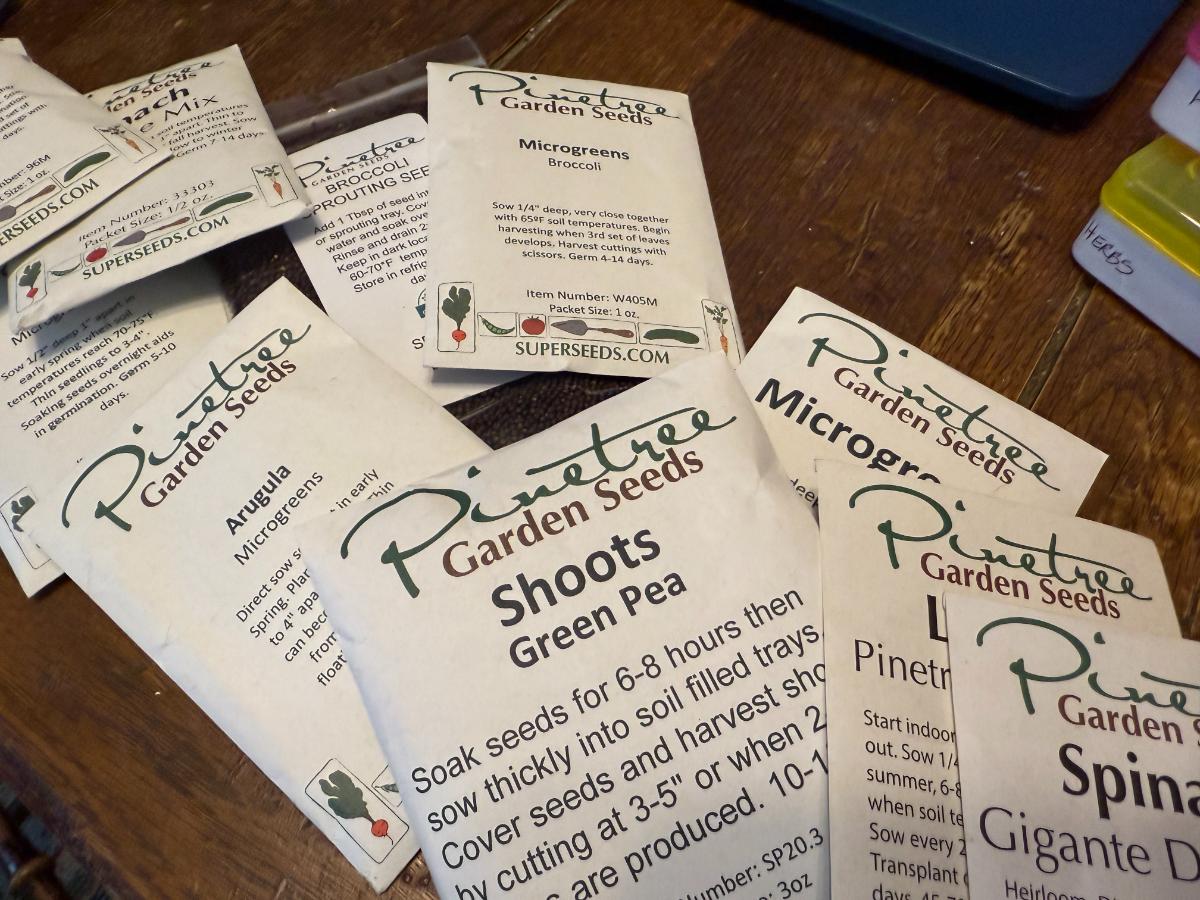
Even with just a small space, we can grow a few small but mighty fresh foods indoors.
We can grow these things with a short turnaround time, too. And that's good because fast turnarounds mean we can easily keep growing and producing a steady supply of fresh food even if all you have is a spot on a windowsill!
Not convinced? Or not sure what to grow? This is the list for you!
Jump to:
5 Fresh Veggies You Can Grow Indoors With Super-Fast Turnaround Times
Everything on this list can be harvested in 30 days or less. The fastest of them need only one week. Most of them are ready in under two weeks, and almost all of them will frequently be ready in just three weeks or less.
1. Sprouts
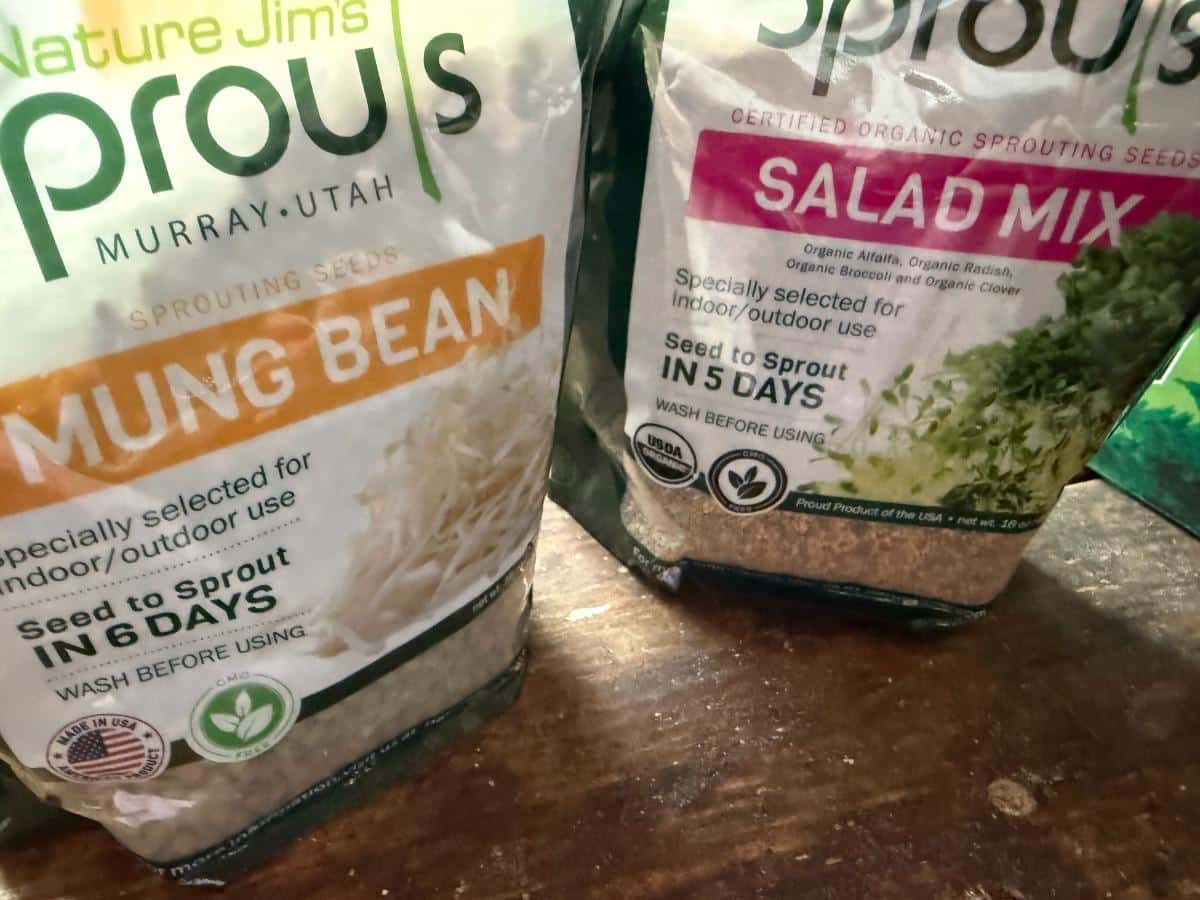
Sprouts are the fastest thing for you to grow indoors (actually, indoors or out!). The big advantage to growing sprouts is that they require little equipment (they can even be grown in an open tray or jar or a jar with an inexpensive sprouting cover).
Sprouts do not require a growing medium like potting soil. They do not need light, either.
The reason they do not need light is that you are not trying to grow plants. You are only trying to get the seeds to sprout (similar to what they would do in the ground or in soil) and then letting them get a little (very little) size before eating. All the energy they need comes from the seed. Sprouts at this stage are still in the cotyledon stage, and everything the seed needs (other than water) at that stage is housed in the seed.
A little bit of bright light will give some nice green to the sprouts, but pale colors are normal, too. Sprouts do not need any more light than what they will get from normal household light.
Growing sprouts is simply a matter of soaking seeds and keeping them moist with a daily rinse, then eating them when they have one to three or four inches of growth. They are eaten with seeds and all and are packed with nutrition.
Time to harvest from seed:
- 4 to 7 days for most seed types
- Time to harvest relies on germination time more than anything
- Sprouts are ready to harvest 1 to 4 days after sprout breakthrough
Types of sprouts you should grow:
- Alfalfa
- Broccoli
- Mung beans
- Chickpeas
- Lentils
- Red clover
- Radish
- Cress
- Cabbage
- Mustard
2. Microgreens
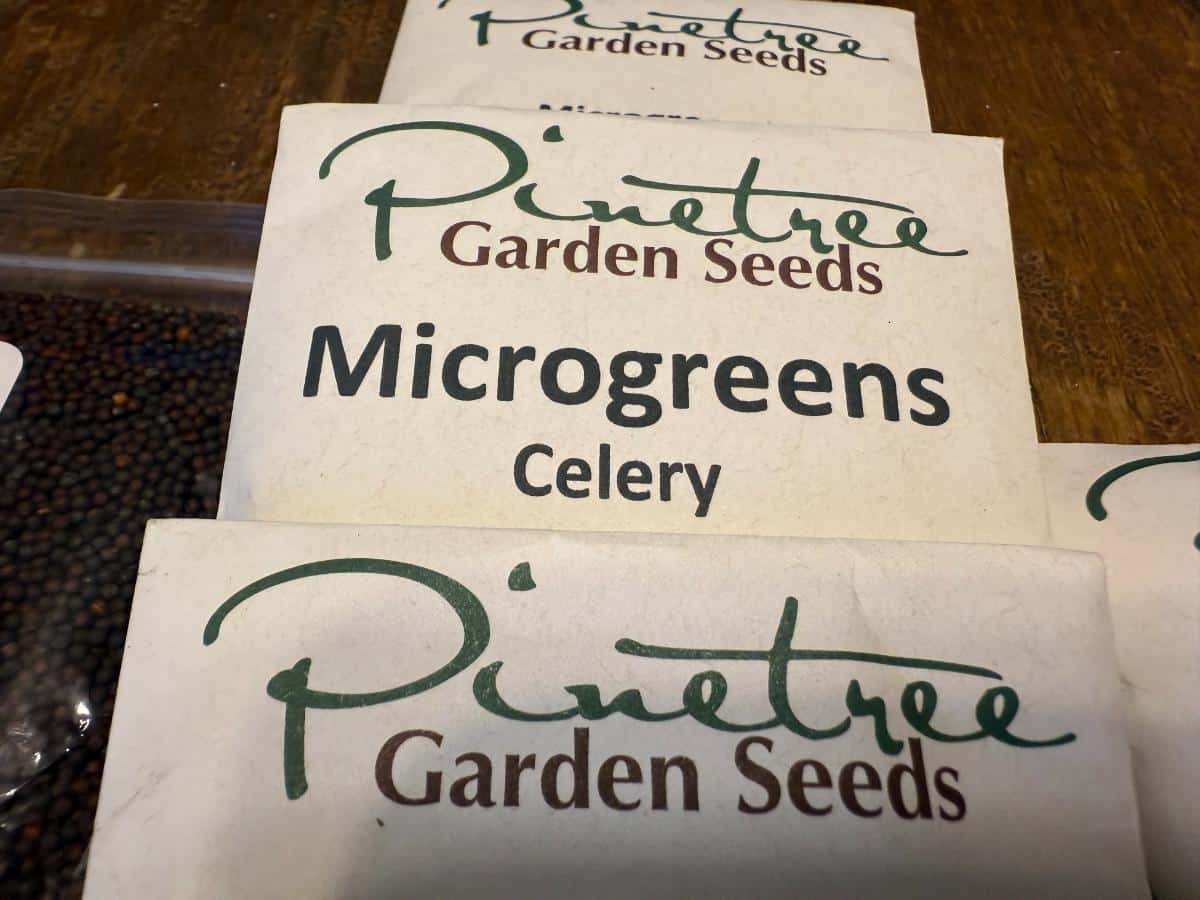
Microgreens are very similar to sprouts but with one main difference. Microgreens are grown in or on a growing medium, and they are then cut off at the base. You eat the entire little plant, but you won't be eating the seed because you are cutting the seedling off at the base of the stem. Usually, microgreens are grown a little longer than sprouts, often to the first true leaf stage, so you also get a bit more out of them.
You can grow microgreens from any type of seed if the whole plant is edible. (Tomatoes and peppers and other nightshades are out). Though you can buy seed that is labeled as microgreen seed, you can also just use regular garden seed as long as it is not coated or treated. You can even use your leftover seeds from your garden planting!
Time to harvest from seed:
- 14 to 30 days
- Days to harvest depends on the type of seed
- Things like radishes and beets grow quickly, while herbs and some slower-growing greens take a bit longer
- Most are ready to harvest between 2 and 3 weeks
Types of microgreens you should grow:
- Beets
- Broccoli
- Radish
- Basil
- Dill
- Bok choy
- Arugula
- Mesclun
- Romaine
- Kale
3. Shoots
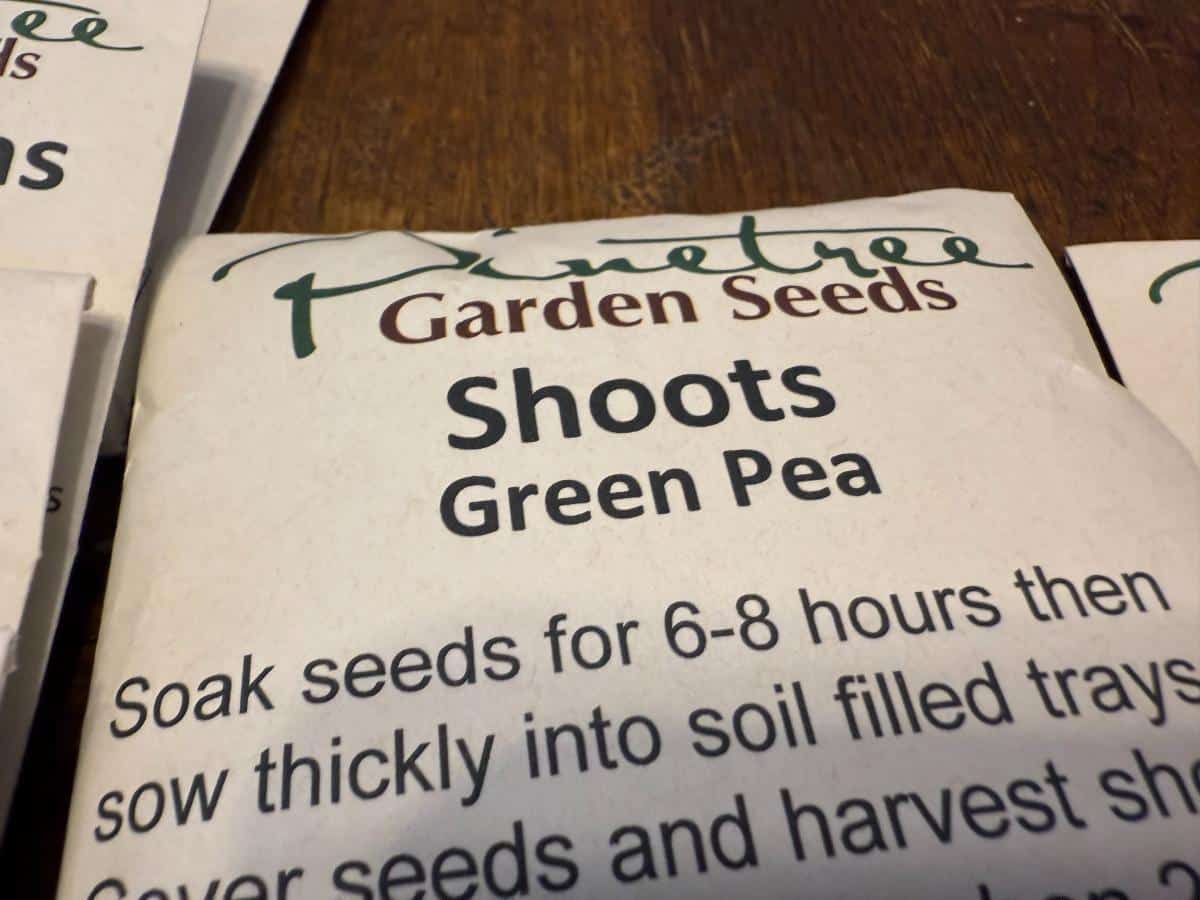
Shoots are similar to microgreens. They are grown in a growing medium like potting soil, but they are usually grown a little longer still than microgreens -- to about four to six inches tall.
Shoots are better for larger seeds and sturdy stemmy seedlings. Small seeds (like what are used for a lot of microgreens) would get a bit too leggy and weak and would break before they could reach the harvest stage that you want from shoots.
Time to harvest from seed:
- About two weeks
Types of shoots you should grow:
- Peas
- Sunflowers
- Garbanzo beans (chickpeas)
- Nasturtiums
- Wheatgrass
- Corn
- Popcorn
4. Baby Lettuce
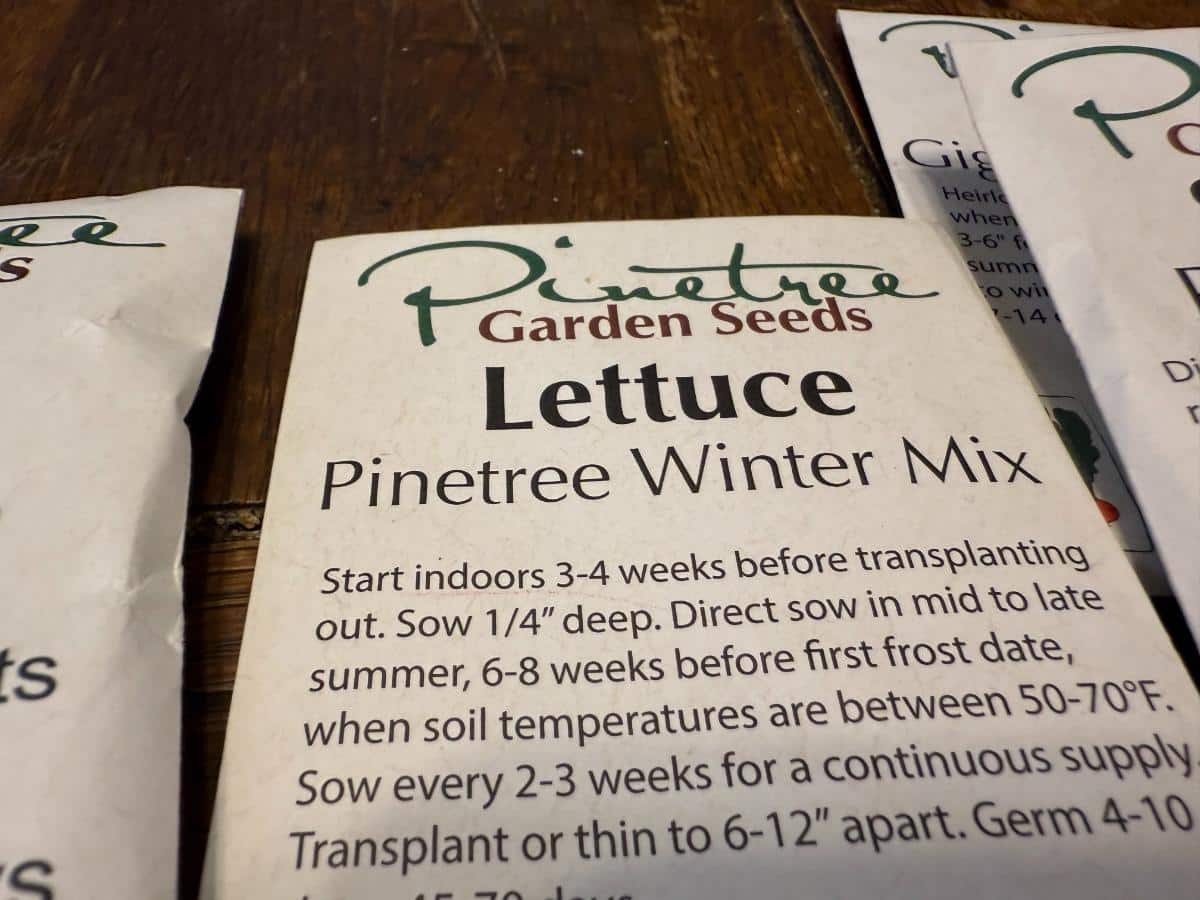
You can easily grow lettuce to baby leaf size indoors. It only takes a few weeks to about a month. Plant the seed closely in potting soil and grow it until it has reached a young leaf stage. You want to grow it longer than you would for microgreens until it leafs out and the leaves gain some size (about three inches tall and one or two inches wide, depending on variety).
You can also grow it to a larger leaf stage or to a mature leaf lettuce stage. It just takes a bit longer.
Time to harvest from seed:
- 3 to 4 weeks
Types of lettuce you should grow:
- Any leaf lettuce variety
- Romaine lettuce
- Mesclun mix
- Spring mix
- Leafy, open-headed lettuce varieties
5. Baby Spinach
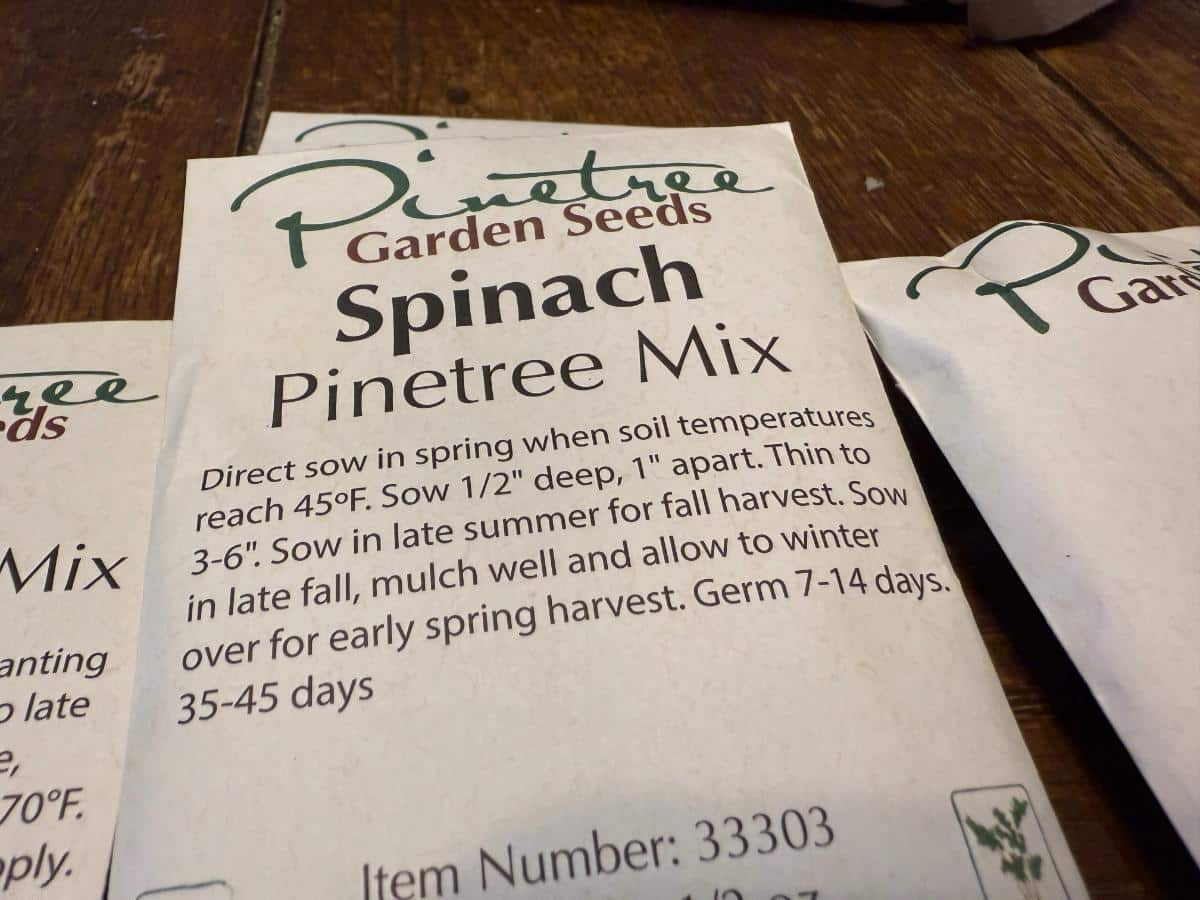
Baby spinach is pretty much in the same category as baby lettuce. It grows in a similar time but gives you more flavor variety and good nutritional content. Grow baby spinach as you would baby leaf lettuce. Plant the seed closely as it will be harvested in a young leaf stage and that will maximize your tray or pot space.
As with baby leaf lettuce, baby spinach can be grown to maturity if you don’t want to use it all as leaf spinach. It will take a bit more time. You can also harvest it at any stage in between (or, in fact, earlier, like a microgreen).
You can also treat it (and baby lettuce) as a cut-and-come-again crop.
Time to harvest from seed:
- 30 to 40 days
Types of spinach you should grow:
- Bloomsdale long standing
- Riverside baby leaf
- Most spinach seeds are good seeds for growing baby spinach
- Look for a variety with short days to harvest or days to maturity, as those will be the fastest-germinating and fastest-growing
Other Greens to Grow Quickly and Easily Indoors
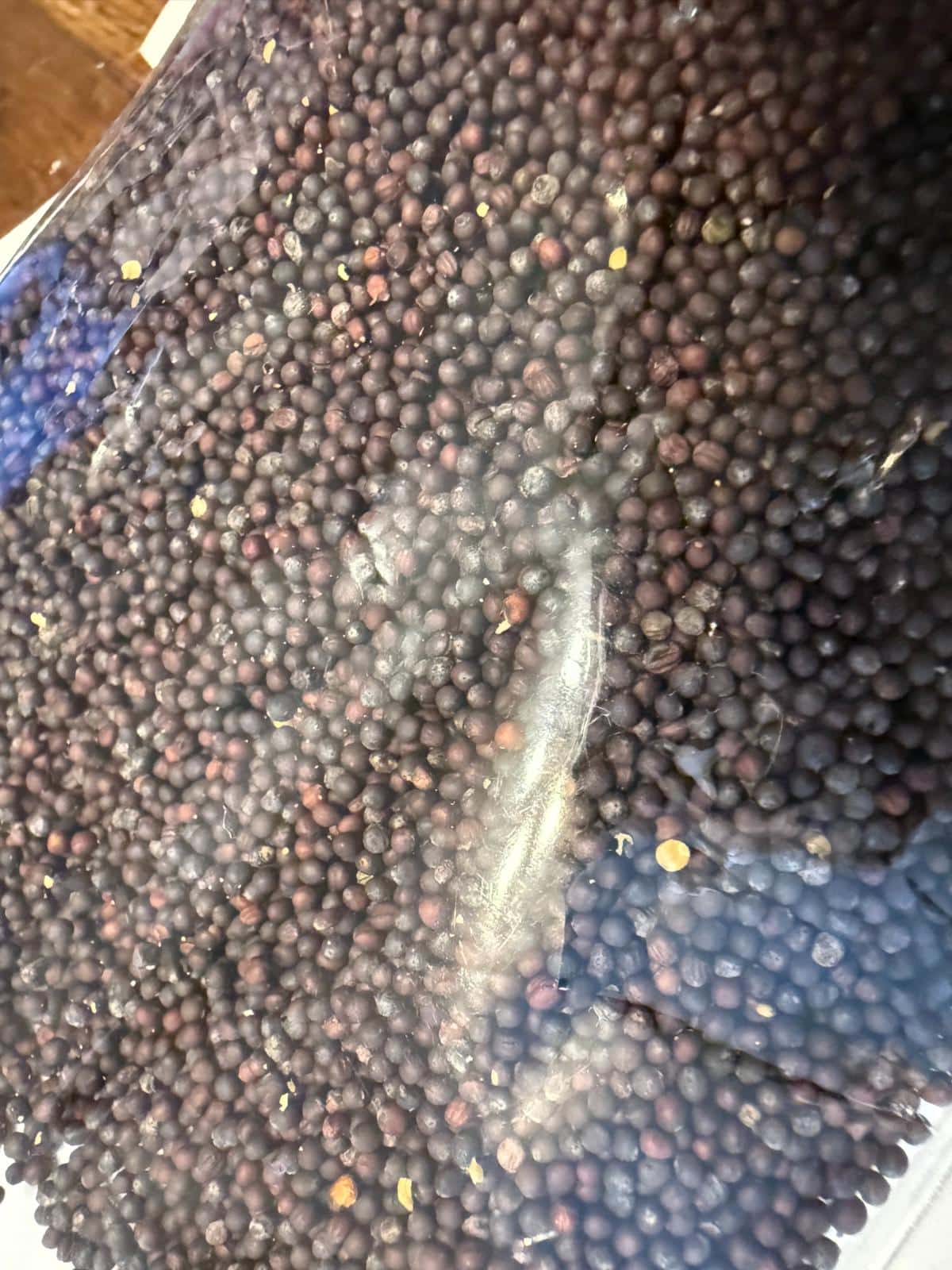
There are several other types of greens that can be grown indoors, such as baby leaf lettuce or baby spinach. They will have similar times to harvest, but some may take a little longer than others. Really, variety is the spice of life, so why limit yourself to one type of baby green for your indoor fresh food growing?
Here are a few more types of leafy greens to consider growing:
- Kale
- Arugula
- Mustard
- Beet greens
- Bok choy
- Tat soi
- Red or green cabbage

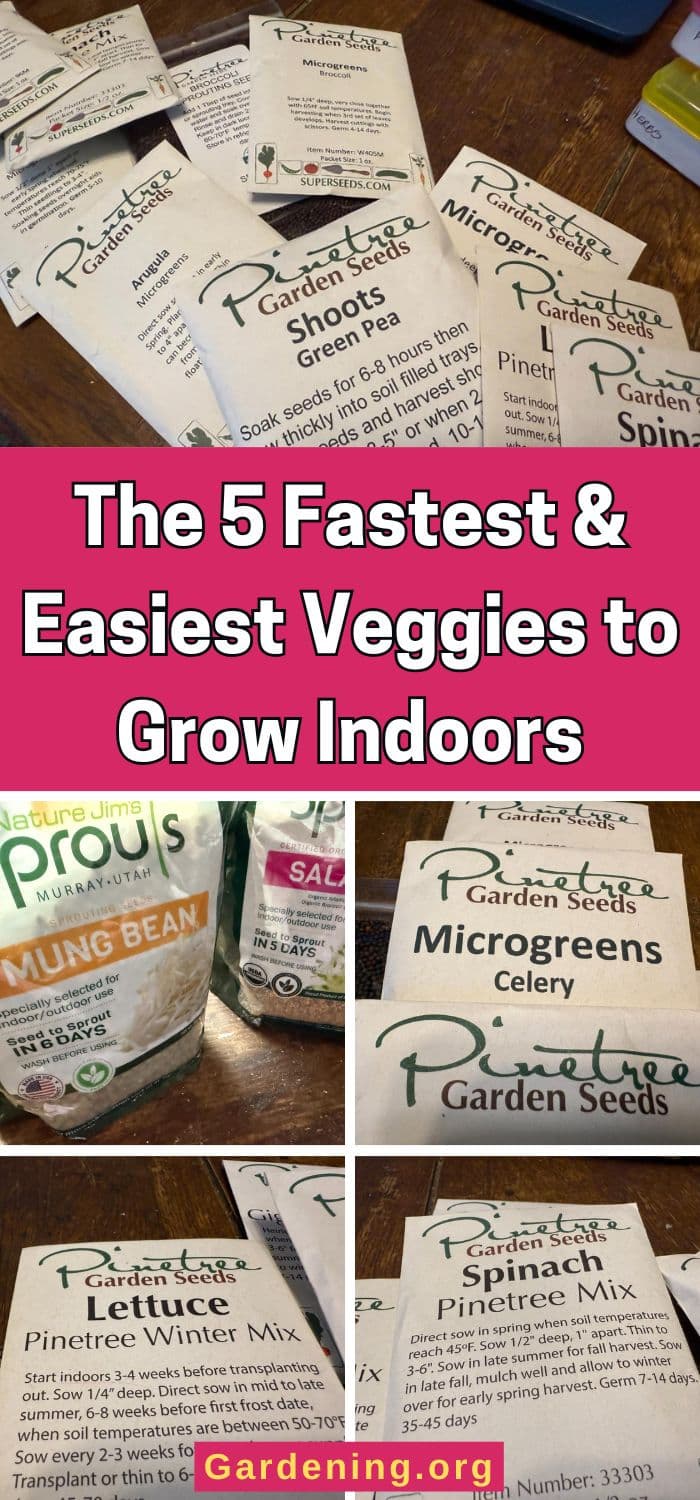
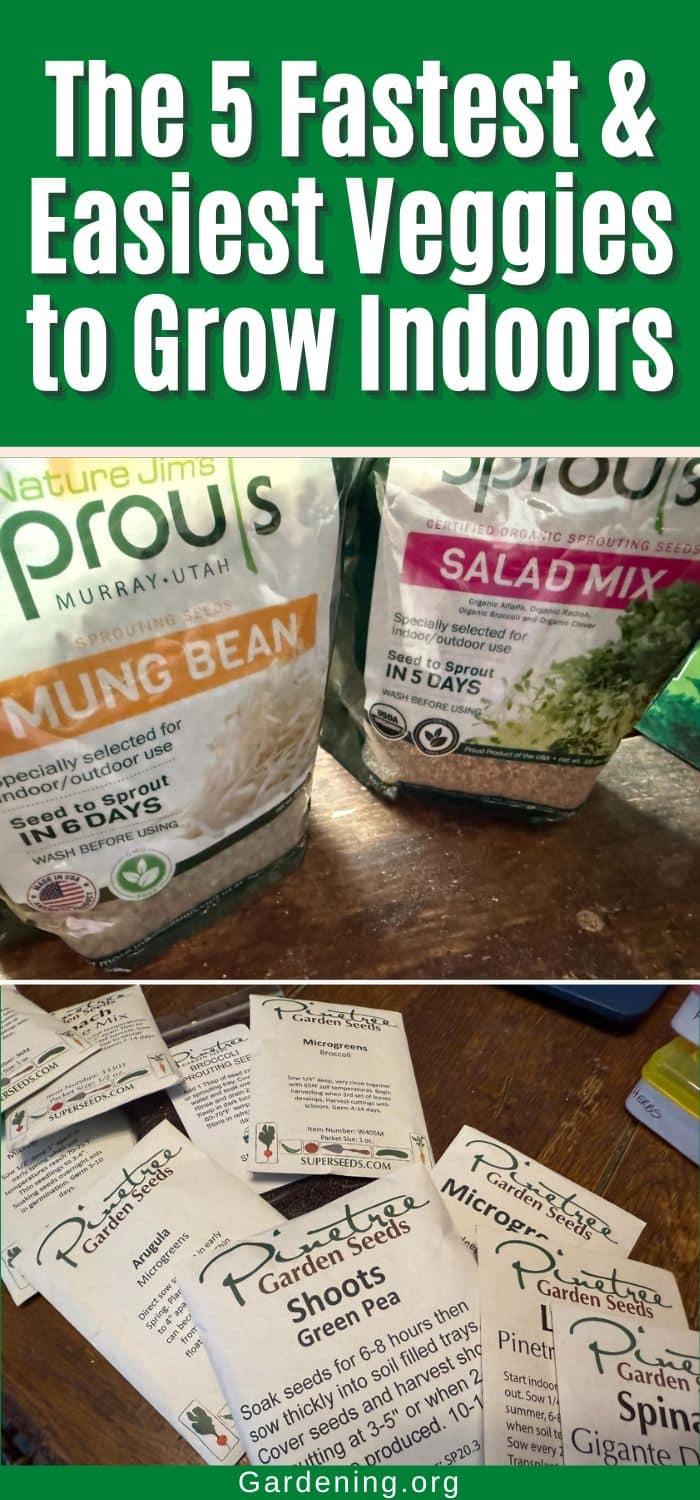
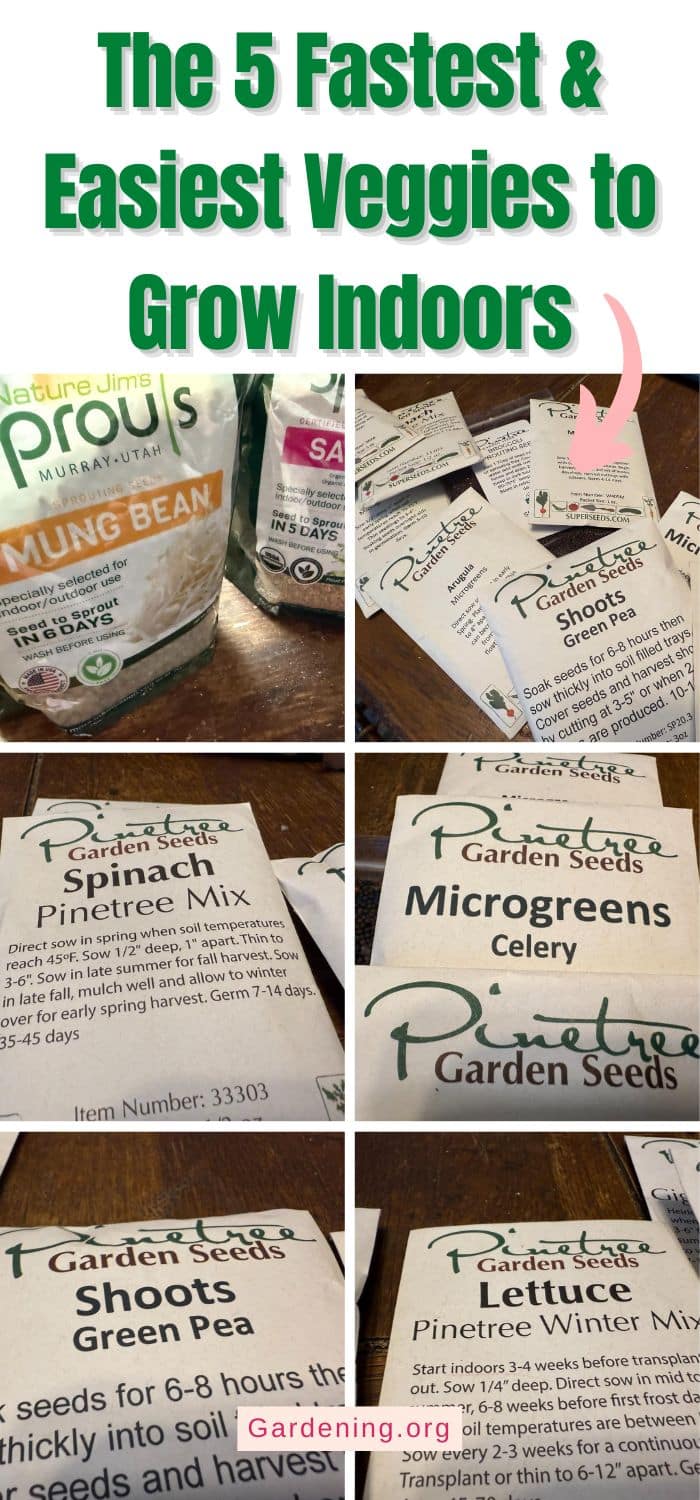
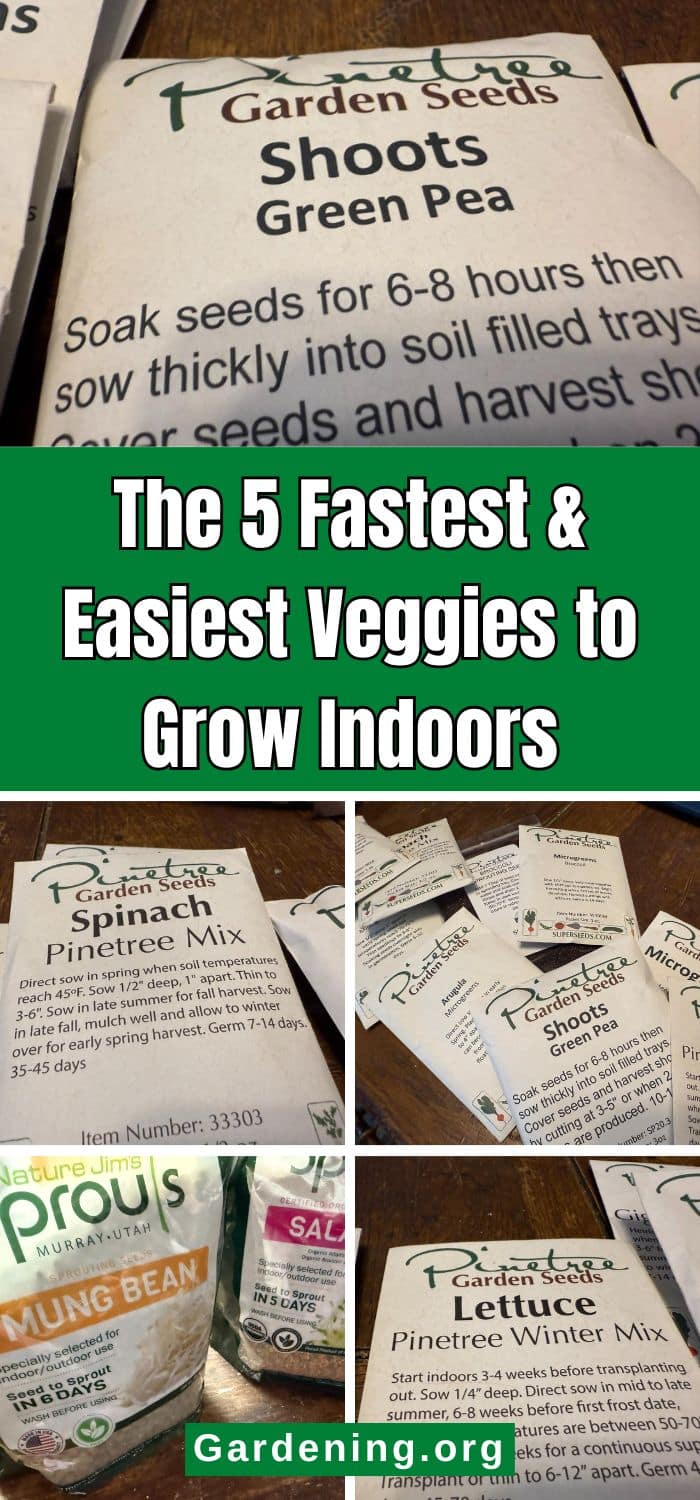
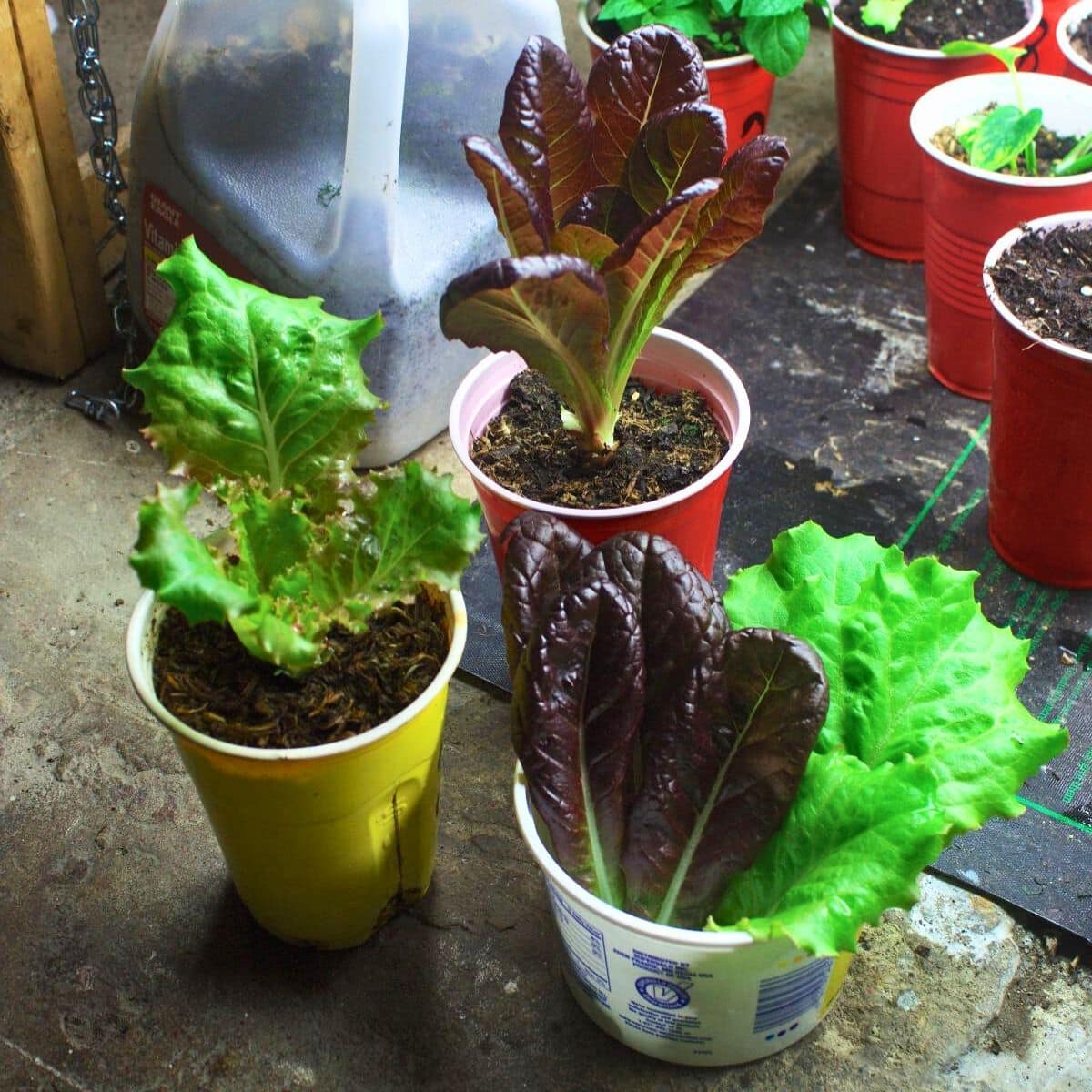
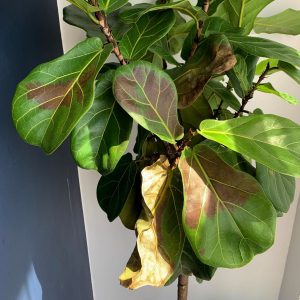

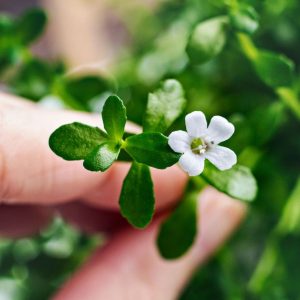
Leave a Reply